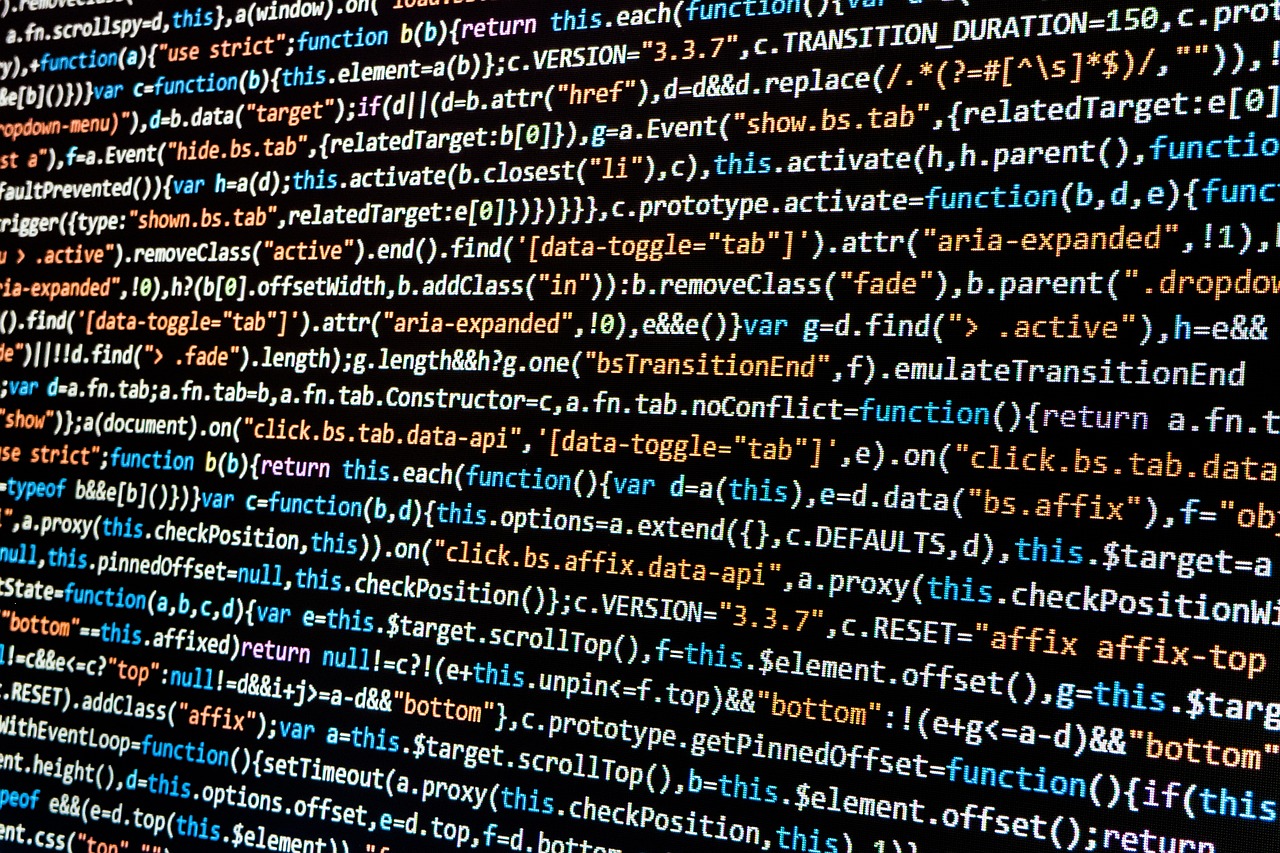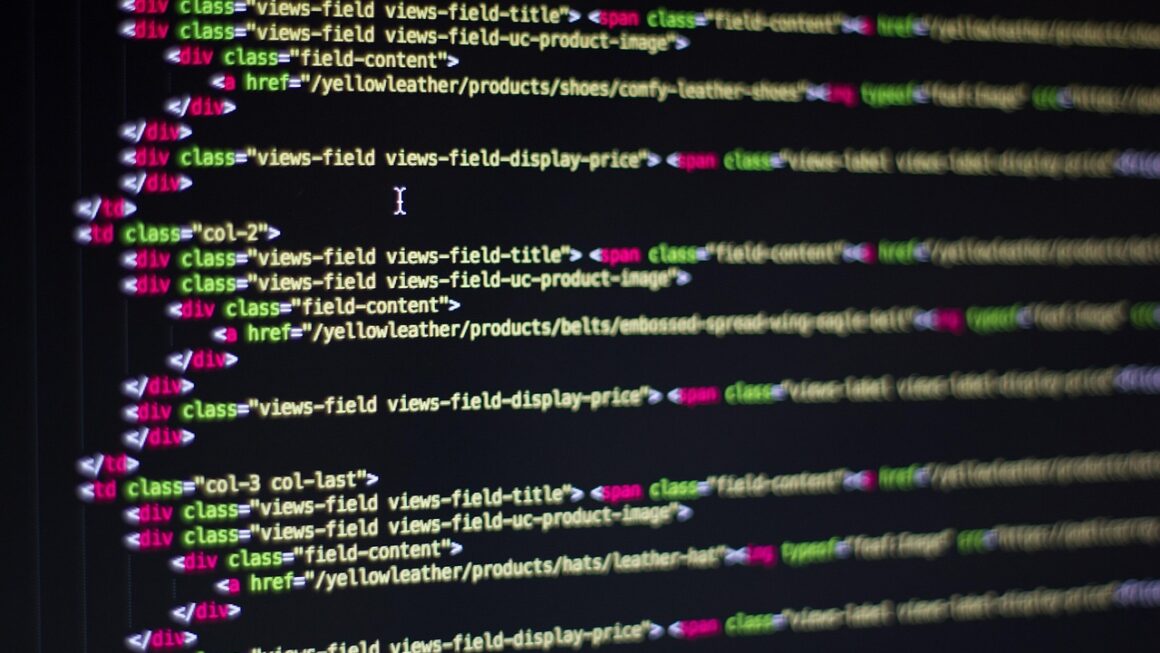Imagine a world where you can describe what you want a program to do, and artificial intelligence handles the complexities of coding it. This vision is rapidly becoming reality with the emergence of AI-based programming languages. These aren’t just compilers or fancy IDEs; they are fundamentally new ways of interacting with computers, leveraging the power of machine learning to automate code generation, optimization, and even debugging. This post will delve into this exciting new frontier, exploring the languages, tools, and possibilities that AI-based programming offers.
Understanding AI-Based Programming Languages
AI-based programming languages represent a paradigm shift in how software is developed. Instead of writing explicit, step-by-step instructions, developers can express their intent at a higher level, relying on AI algorithms to translate that intent into functional code. This approach promises to democratize programming, making it accessible to individuals with limited coding experience and boosting productivity for seasoned developers.
Defining AI-Based Programming
AI-based programming involves using artificial intelligence techniques, such as machine learning and natural language processing, to assist in or automate the software development process. This can range from simple code completion suggestions to entirely generating code from natural language descriptions. The core idea is to abstract away the low-level details of programming and allow developers to focus on the problem they are trying to solve.
Key Features and Benefits
- Increased Productivity: Automates repetitive tasks, freeing up developers to focus on higher-level design and problem-solving. Studies show AI-assisted coding can improve developer productivity by up to 50%.
- Reduced Errors: AI can analyze code for potential bugs and vulnerabilities, leading to more robust and reliable software.
- Accessibility for Non-Programmers: Natural language interfaces enable individuals without formal programming training to create simple applications.
- Code Optimization: AI algorithms can optimize code for performance, efficiency, and resource utilization.
- Automated Testing: AI can generate test cases and automate the testing process, ensuring code quality.
Examples of AI in Code Generation
One simple example is the use of AI-powered code completion tools in IDEs. These tools analyze the code context and suggest relevant code snippets, function calls, or even entire blocks of code. A more advanced example is generating entire functions or modules based on natural language descriptions. For instance, you could describe “a function that sorts a list of numbers in ascending order,” and the AI would generate the corresponding code in Python or another language.
Popular AI-Based Programming Languages and Tools
While a fully realized “AI programming language” may still be on the horizon, several existing languages and tools incorporate AI to enhance the programming experience.
Tabnine
Tabnine is an AI-powered code completion tool that supports a wide range of programming languages and IDEs. It learns from your coding patterns and the collective knowledge of open-source code to provide highly accurate and relevant code suggestions.
- Features: Deep learning-based code completion, supports multiple languages (Python, JavaScript, Java, C++, etc.), integrates with popular IDEs (VS Code, IntelliJ, etc.), team-level code completion models.
- Benefits: Speeds up coding, reduces typos and errors, helps discover new APIs and libraries.
GitHub Copilot
GitHub Copilot, developed in collaboration between GitHub and OpenAI, is an AI pair programmer that suggests code and entire functions in real-time as you type. It’s powered by OpenAI’s Codex model, which has been trained on billions of lines of public code.
- Features: Code completion, function generation, code explanation, supports multiple languages, integrates with VS Code.
- Benefits: Significantly improves coding speed, helps learn new languages and frameworks, automates repetitive tasks.
OpenAI Codex
OpenAI Codex is not strictly a programming language, but a powerful AI model that translates natural language into code. It’s the engine behind GitHub Copilot and can be used to build custom AI-powered coding tools.
- Capabilities: Generates code from natural language descriptions, translates between programming languages, explains code, debugs code.
- Potential Applications: Automating code generation, building AI-powered coding assistants, teaching programming.
Other Emerging Tools
Besides the above, many other startups and research projects are exploring AI-based programming. This includes tools for automated bug detection, code refactoring, and even the synthesis of entire programs from formal specifications. Keep an eye on projects like DeepCode, Kite, and those coming out of research labs at universities like MIT and Stanford.
Practical Applications of AI-Based Programming
The applications of AI-based programming are vast and span numerous industries.
Software Development Automation
AI can automate many tedious and time-consuming tasks in software development, such as:
- Code Generation: Generating boilerplate code, data access layers, and UI elements.
- Testing: Generating test cases, running tests, and analyzing results.
- Debugging: Identifying potential bugs and suggesting fixes.
- Code Refactoring: Improving code quality and maintainability.
Data Science and Machine Learning
AI-based tools can simplify and accelerate the development of data science and machine learning applications. For example:
- Automated Machine Learning (AutoML): Automatically selecting the best machine learning algorithms and hyperparameters for a given dataset.
- Feature Engineering: Automatically generating new features from existing data.
- Model Deployment: Automating the deployment and monitoring of machine learning models.
Low-Code/No-Code Development
AI can empower non-programmers to create simple applications using visual interfaces and natural language descriptions.
- Drag-and-Drop Interfaces: Creating applications by dragging and dropping components and configuring their properties.
- Natural Language Programming: Describing the desired functionality in natural language, and the AI generates the corresponding code.
- Example: Tools that allow users to build simple web applications or automate workflows without writing a single line of code.
Specific Industry Examples
- Finance: AI can be used to automate risk assessment, fraud detection, and algorithmic trading.
- Healthcare: AI can assist in medical diagnosis, drug discovery, and personalized medicine.
- Manufacturing: AI can optimize production processes, predict equipment failures, and improve quality control.
Challenges and Future Directions
While AI-based programming holds immense promise, there are also challenges that need to be addressed.
Limitations of Current AI Models
- Understanding Complex Requirements: Current AI models may struggle to understand complex and ambiguous requirements.
- Creativity and Innovation: AI may not be as creative or innovative as human programmers.
- Ethical Considerations: Bias in training data can lead to biased code. Ensuring fairness and transparency in AI-generated code is crucial.
- Generalizability: Models trained on specific datasets might not generalize well to new domains.
The Role of Human Programmers
AI is unlikely to replace human programmers entirely. Instead, it will augment their capabilities, allowing them to focus on higher-level design, problem-solving, and creativity. The future of programming will likely involve a collaborative approach, where humans and AI work together to create software.
Future Research and Development
Future research will focus on:
- Improving the accuracy and reliability of AI code generation models.
- Developing AI models that can understand and reason about complex requirements.
- Creating tools that facilitate collaboration between human and AI programmers.
- Addressing the ethical considerations of AI-based programming.
Conclusion
AI-based programming represents a significant leap forward in software development, promising to democratize coding, boost productivity, and unlock new possibilities. While challenges remain, the rapid advancements in AI and machine learning suggest that these tools will play an increasingly important role in the future of programming. Embracing these technologies and learning how to effectively collaborate with AI will be essential for developers who want to stay ahead of the curve. The journey to AI-powered programming is just beginning, and the potential impact is truly transformative.




